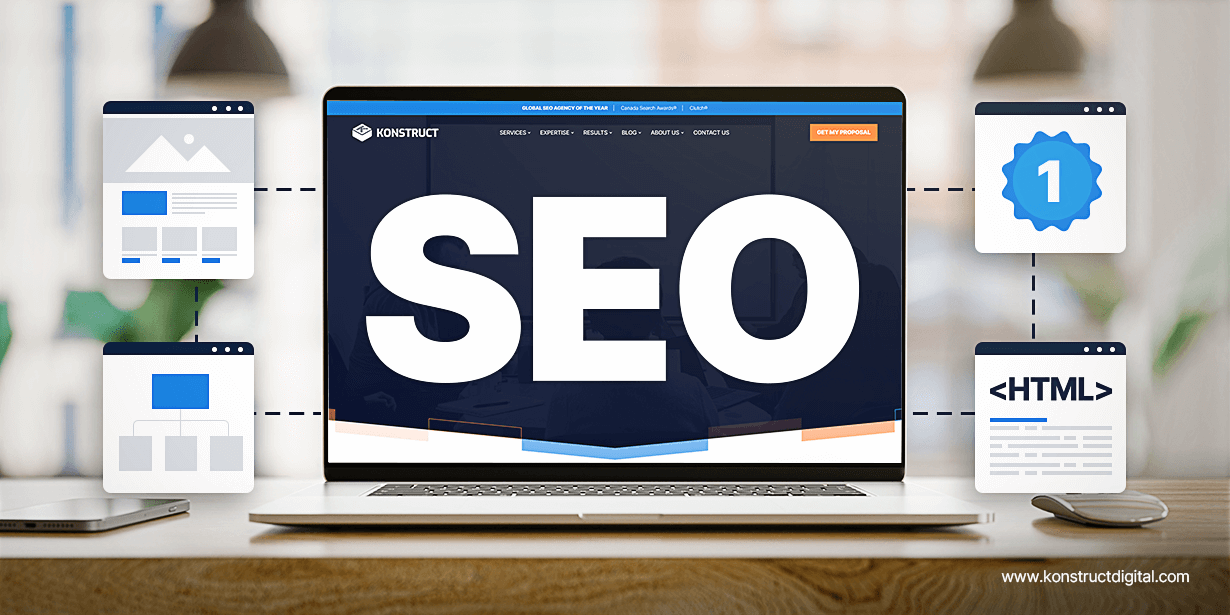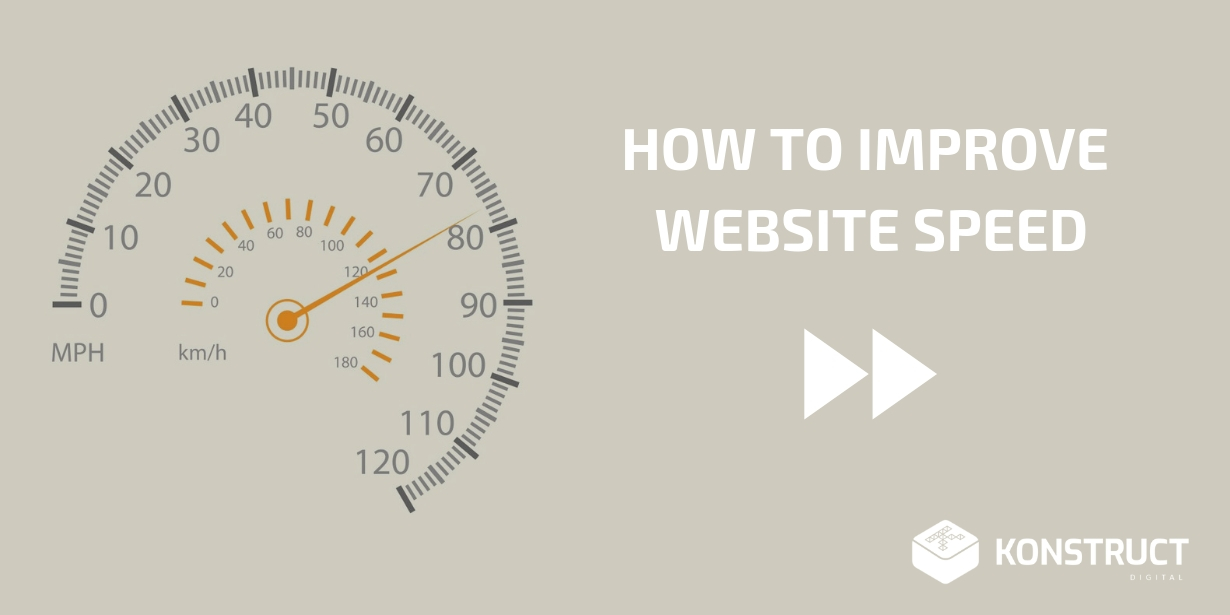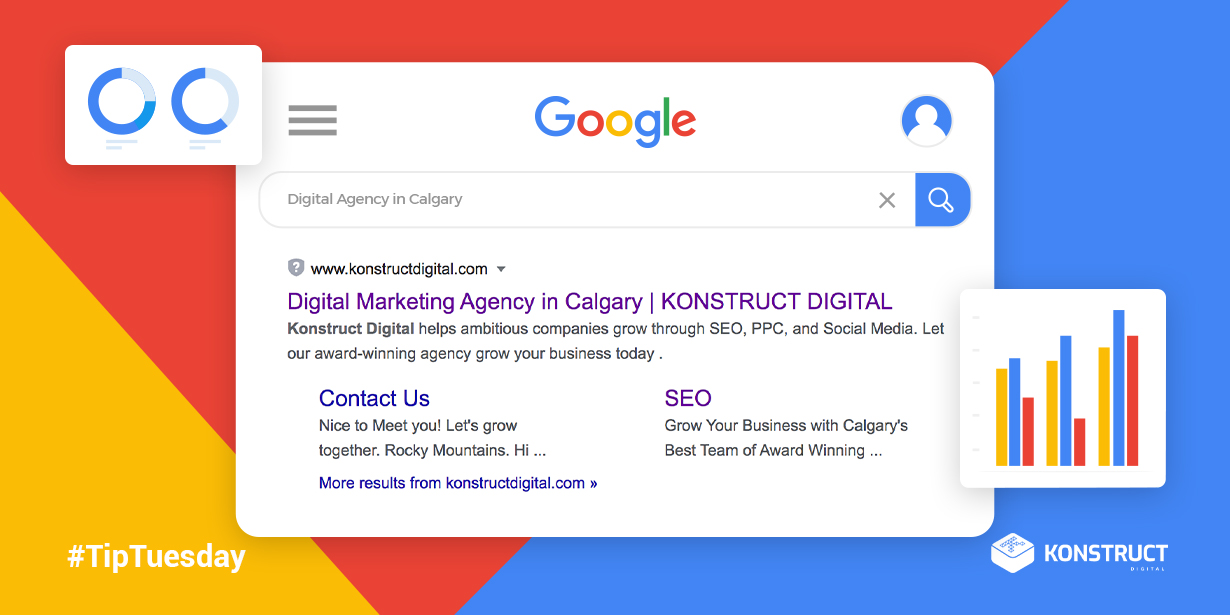Anyone in the digital marketing sector knows one universal truth – if you cannot track the results of your ongoing SEO work, you aren’t accomplishing anything.
Having a proper understanding of what metrics are important for you to track in your SEO strategies and how to track those metrics is one of the most important deciding factors in any successful SEO campaign.
Fortunately, digital marketers are blessed with the advantage of being able to measure virtually every aspect of SEO campaigns with a variety of tools that ensure you’re never left in the dark. The only thing left to know is what are the key metrics you should be tracking to make the most of your work.
Why Should You Track SEO KPIs?
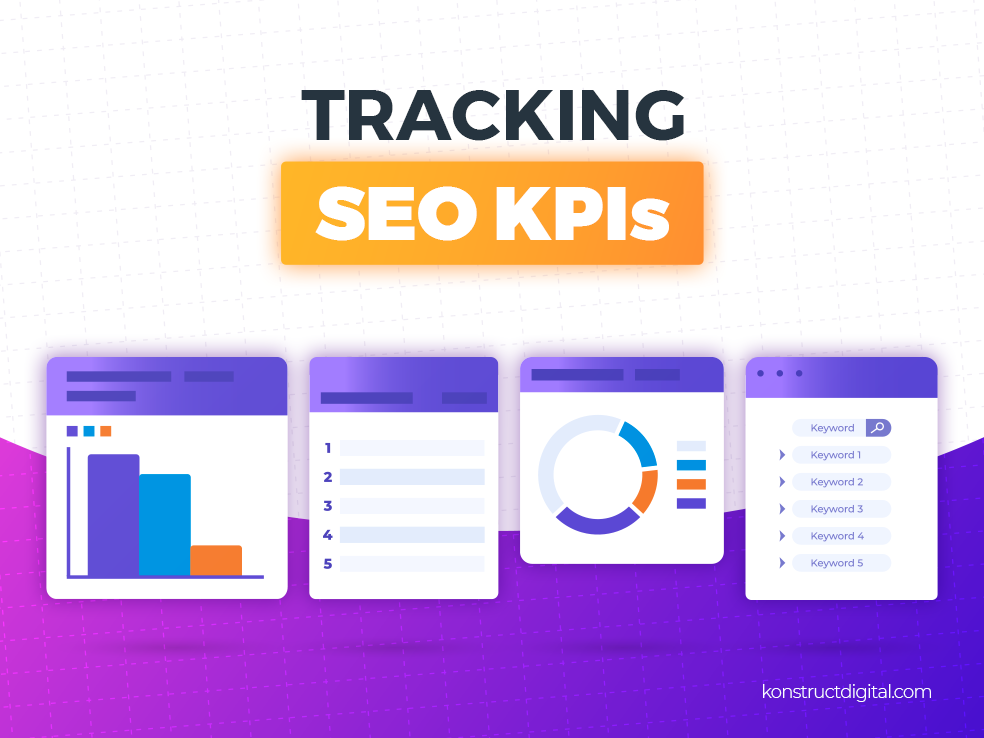
Being able to look at a given set of data points and gaining a crucial understanding of the effects of your efforts and the overall success of your content marketing and SEO efforts is a key part of finding success as a digital marketer.
Key performance indicators (KPIs) are objective metrics that can help you measure your success and give you further insight into any given campaign you have underway. Tracking your KPIs means you and your team will always know which areas of your work need improvement and which are performing well. So what are the metrics you should be tracking?
Determine Top Performing Pages
What pages are performing well on your website? Which pages are poorly optimized and lead to lost conversions? How many customers or possible clients have you lost because of a poorly performing page? If you don’t know the answer to all these questions, you aren’t measuring the right KPIs.
What makes a page a “top-performer”? Through an SEO lens performance is equal to what page gets the most traffic and leads to the most conversions. Understanding the importance of these metrics and how they are directly related to your customer’s habits and experience when visiting your website allows you to easily determine what courses of action need to be taken to optimize your time spent / value in return.
Google Analytics is your best friend when it comes to analytics and data interpretation related to your online presence. Universal Analytics provides a dedicated tab ranking your landing pages from most popular to least popular and see pageviews, average time spent per page, bounce rate, and several other KPIs. Once you know your top-performing pages, what do you do with this information?
- Determine what type of content lives on these pages, think about what you’ve done to optimize these pages, and apply this thought process to other, lower-ranking pages.
- Print or save a report of the top-performing pages and think about what can be done to continue optimizing them in the future. Think about improving your call-to-action, addressing your internal linking structure between pages, keywords you are ranking for, etc.
- Your top-ranking pages are doing something right, but that doesn’t mean you can just forget about them. Make sure to continually refresh these pages to keep them up-to-date and to run tests of what works and what doesn’t work.
Determine Top Converting Keywords
Having an effective keyword strategy and a solid knowledge of your top converting keywords is a huge part of any SEO strategy and may be easier than you think.
You should have an in-depth understanding of what keywords you are targeting, why you are targeting them, patterns associated with those keywords, and optimization paths that can help you determine which keywords to continually focus your efforts around.
Analytics provides easily found data related to paid and organic keywords which are driving traffic to your website and even allows you to identify which keywords are driving conversions. If you are looking to understand your conversions, Analytics allows you to define conversion types in goals and find out which organic keywords are associated with which conversions.
Once you understand which keywords are working for you and which are providing little to no value, it’s easy to determine an overall keyword strategy. The keywords that have worked for you should be focused on – create content around these keywords, give content that already features these keywords a boost by sharing and promoting it, and research keywords that are related to your top performers!
Identify Areas in Need of Optimization
Ever heard the phrase “Only as strong as the weakest link”? Well, your website is only as strong as its areas in most desperate need of optimization. If you want to rank well in search results (who doesn’t?), then you need to optimize your website and understand which pages are most deserving of an optimization overhaul.
There are a variety of factors that Google looks at when ranking web pages and it’s important to know what your focus should be. At the top of your mind should always be your users and the main question of, “what can I do to provide the most optimized and easiest to use website for my users?”
When it comes to identifying the areas in need of optimization, you are typically searching for middle-of-funnel and top-of-funnel pages that have low SERP rankings and are receiving low traffic. Once you’ve identified these pages you can develop strategies to create content that will pull traffic to these pages, or make other necessary changes to have these pages properly reflect the message you are trying to present.
Optimization is an ongoing process and is never truly complete. It’s important to routinely audit pages of your website to ensure they are positioned for user intent and to closely monitor your Core Web Vitals to ensure the overall health of your website is always being cared for.
Improve Organic Search Results
Once you’ve taken the proper steps to optimize your website, you’ll want people to actually visit and more importantly purchase from you. To make sure your site is visible and being seen by the right people, you can focus on organic search results.
When it comes to driving traffic organically to your website, one of the most important factors in the eyes of Google are backlinks, but not just any backlinks will do. Backlinks are links that directly point at your website, from other websites. Backlinks, and high-quality backlinks at that, can be incredibly valuable but also very difficult to acquire.
In years past backlinks were often sought out through shady techniques and black hat SEO practices. Nowadays there are penalties associated with these campaigns, so it’s best to avoid them. To get the best backlinks for your website, you only really need to do one thing – provide the best content possible in your domain and relevant information that makes you an authority leader in your space, backlinks will often follow.
In recent years a growing focus has been also been placed on mobile optimization by Google, especially following Google’s official rollout of the mobile-first index in 2018. Here are some basics to optimizing your website to be mobile-friendly:
- Make sure your pages load quickly! According to Google, nearly half of all visitors will leave a mobile website if the pages don’t load within 3 seconds.
- Think about navigation. On a smaller screen, navigation can become more difficult so it’s important to make sure the pages of your website are easy to access through simplified UI and appropriate scale of the interface to avoid unnecessary zooming.
- Action should be easy. Common tasks should be just as easy on mobile as on desktop. Make sure to minimize the number of steps necessary to perform actions like contacting you, searching for a product, or making a purchase.
Technical SEO is another huge factor of overall optimization and staying in Google’s good graces. Technical SEO can be intimidating and often requires a more in-depth understanding of your website, basic code, and the tools connected to your website. To begin a technical SEO audit you should:
- Check for status code errors and address them
- Fix duplicate title tags and meta descriptions and optimize all of your pages to make sure they best reflect the individual page
- Fix broken links and implement redirects
- Submit your XML sitemap to Google via Google Search Console
The Top SEO Metrics You Need to Track
Tracking the right metrics is the difference between numbers that mean nothing to you and crucial information about your customers, your website’s optimization, and your overall online presence.
So, which SEO metrics should you be tracking to make sure you are best utilizing your time and how can you go about tracking them?
1. Leads/ Sales/ Conversions
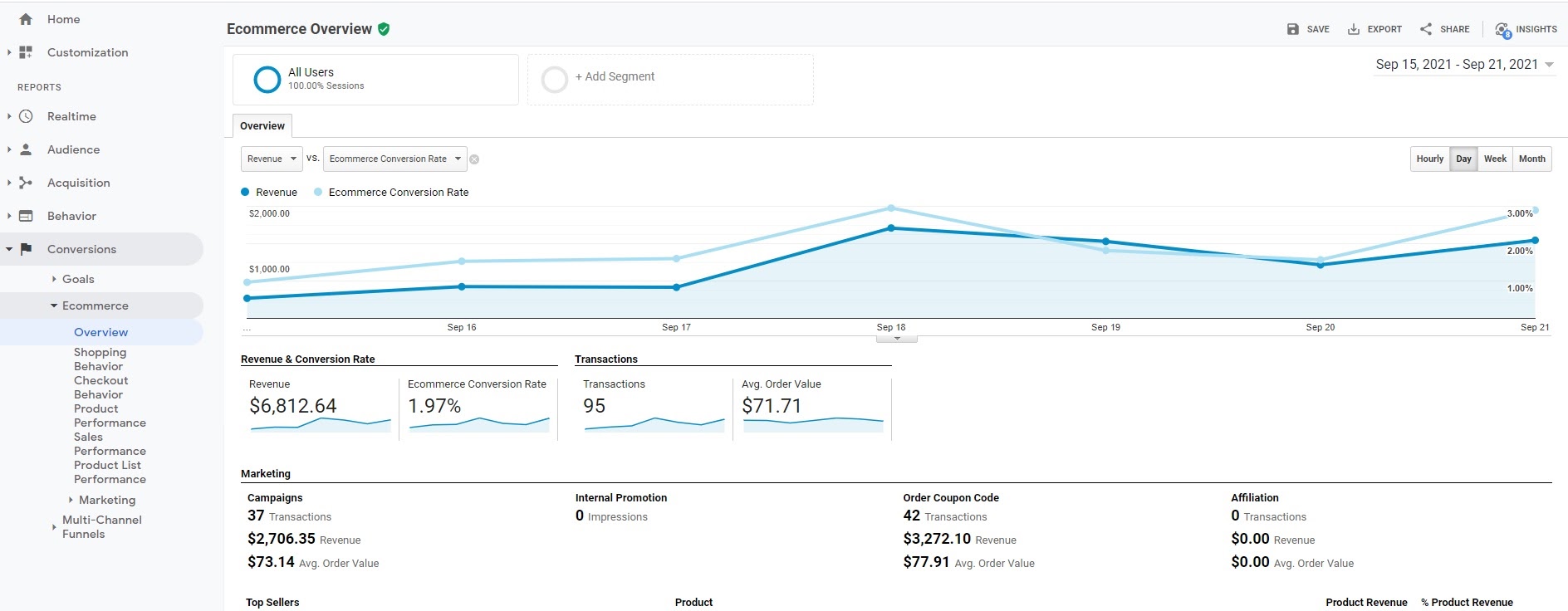
Leads, sales, and conversions are three statistics that are directly related to your overall online success and can be easily tracked to see what improvements can be made and how your website is supporting your business online.
Why Should You Track Leads/ Sales/ Conversions?
When you properly track your leads, sales, and conversions, you gain a clearer insight into the journey your customers are taking, where their pinch points are located, and how you can improve your web presence to lead to higher overall sales figures.
In the world of SEO, understanding the numbers tied to your SEO campaigns and online strategies can lead to huge changes in your sales figures and online visibility.
How to Track Leads/ Sales/ Conversions
One of the most important things you can do in your lead tracking effort is to know just where your leads are coming from. To track these leads some sort of software is often necessary. Once you have a software system that works for you and you know where your leads are originating, it is crucial to continue tracking them and invest in the activities which most often produce lead results.
Leads, sales, and conversions are probably the most important metric you need to be properly tracking online to find success. Once again, Google Analytics is unmatched in its ability to track eCommerce sales statistics. To track your sales the first necessary step is to enable eCommerce tracking within GA. You should also implement Google Tag Manager to set and monitor specific goals. Once you have these two systems in place you can easily monitor relevant sales statistics that are crucial to your website and business.
Being able to monitor how many visitors to your website are being converted into customers gives you crucial insight into page performance, content that is working, where that customer came from, and a ton of other important metrics.
If you are already using Google Analytics, all it takes is a defined goal and a tracking URL to determine where customers started their journey and the goal they completed (such as a sale). Once those two things are in place you can easily create custom reports which break down the exact path that lead to each conversion. To stay up to date with these stats all you need to do is log into your Google Analytics account and navigate to the Conversions tab.
2. Organic Traffic Growth
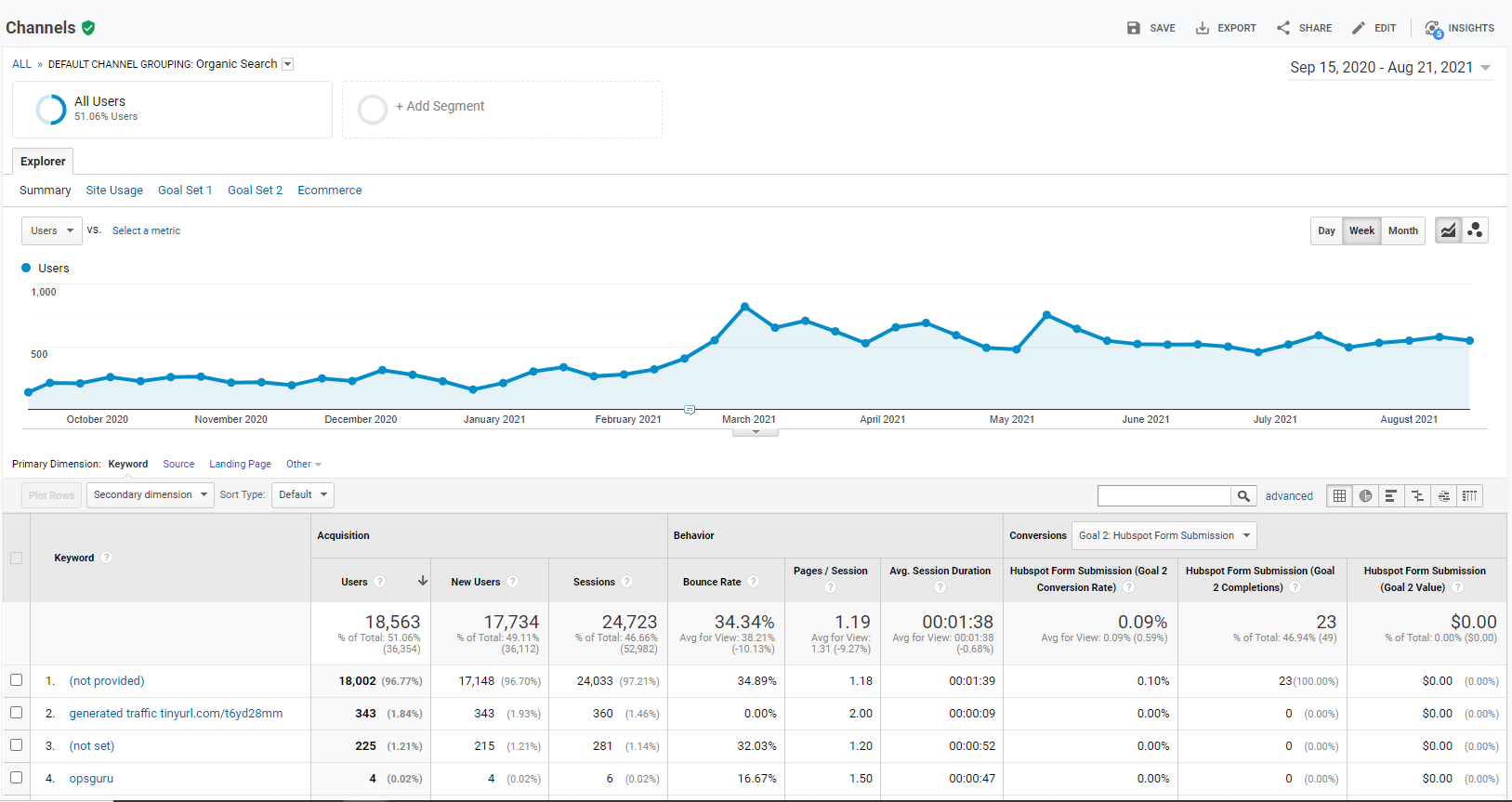
Organic traffic, or any traffic that comes to your website from a search engine without any paid ad intervention, should be one of your main focuses, if not the main focus, in any SEO strategy. Organic traffic growth is directly related to the performance of your overall online presence and is a crucial metric to track.
Why Should You Track Organic Traffic Growth?
Monitoring the growth rate of your organic traffic allows you to gauge results from any ongoing efforts you are actively taking part in.
If you are continually tracking your organic traffic growth you will be able to monitor which campaigns/changes you have implemented that are effectively bringing traffic to your website and which may be having little to no impact.
How to Track Organic Traffic Growth
You may be starting to notice a trend here – Google Analytics. Once again, Analytics is a crucial tool in tracking your organic traffic growth.
Tracking your organic traffic growth within Analytics is a fairly easy process. Within your reporting page, simply navigate to the acquisition tab, click on overview, select organic traffic and your date range which you would like to investigate. You can now easily look at the changes in organic traffic rates in your selected date range and review the correlations of which campaigns were underway when traffic changes took place. In a perfect world, organic traffic will always be on the rise; however, a slight dip in organic traffic doesn’t always necessitate panic. It’s important to closely monitor your organic traffic in conjunction with any campaigns or ongoing SEO activities to see what is impacting your traffic levels.
3. Non-Branded Organic Traffic Growth
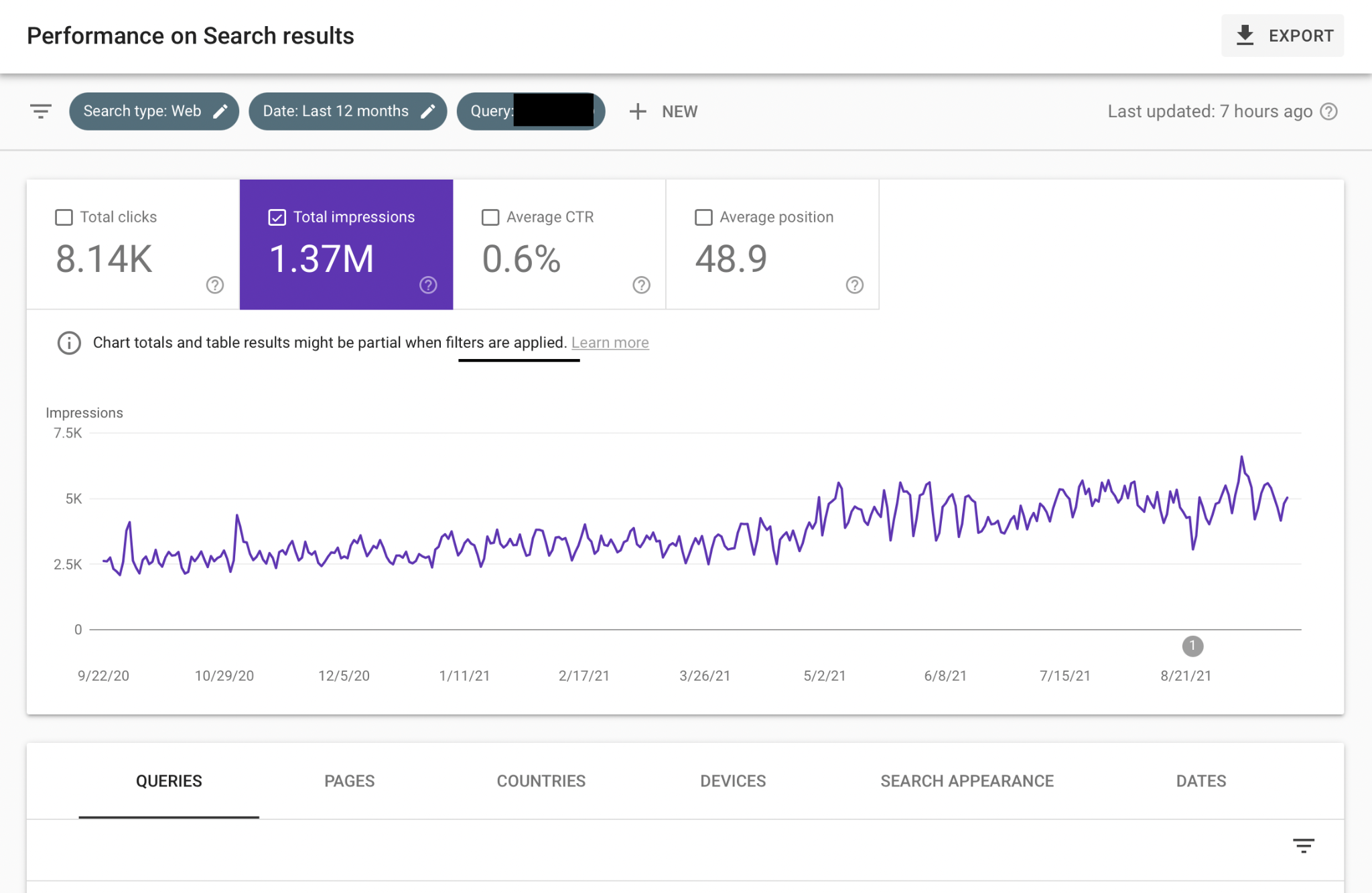
Non-branded traffic growth is simply a segmentation of your organic traffic from visitors who were looking for a solution, rather than a company. Branded traffic and non-branded traffic users often have different search intent and it is smart to understand the needs and wants of both segments.
Non-Branded Vs. Branded Traffic
Branded traffic users (branded keywords) will almost always have a higher conversion rate and overall engagement metrics as they are already familiar with your brand and are specifically searching not only for a product but specifically a product/solution you offer.
Why Should You Track Non-Branded Organic Traffic?
Non-branded organic traffic is just as important a traffic source as any other source we have already mentioned. If you offer a solution to a problem and a potential customer seeks you out it serves as a fantastic opportunity to expose that visitor to your brand and quickly convert them into future branded traffic.
How to Track Non-Branded Organic Traffic Growth
Google Search Console is your best bet when it comes to monitoring your non-branded organic traffic growth. To easily access this data all you need to do is log in to your GSC account, navigate to the performance tab, and add a query filter excluding any branded keywords related to your business. Similar to your organic traffic, your non-branded traffic should always be on the rise and is directly related to your ongoing SEO efforts.
4. Keyword Rankings
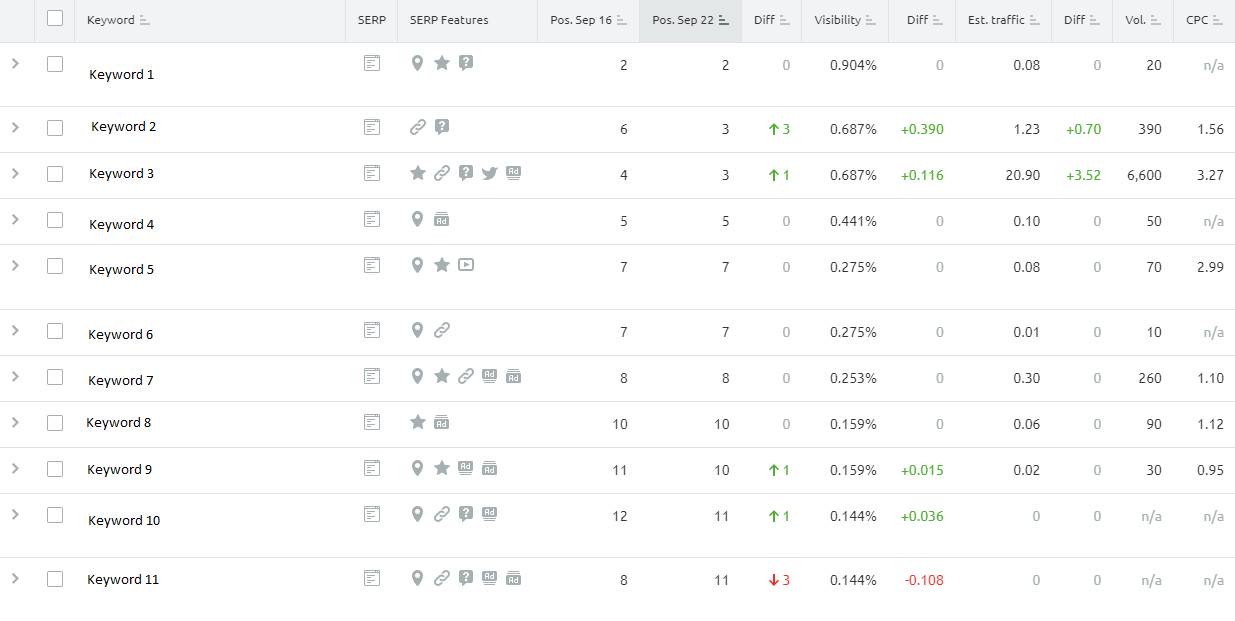
Any SEO campaign consists of keyword research, keyword implementation on your website, and keyword monitoring post-implementation to track the results of these keywords and their overall SEO performance and search visibility. Following your keyword rankings is just as important as selecting the right keywords and is a necessary step in any successful SEO process.
Why Should You Track Keyword Rankings?
Monitoring your keyword rankings allows you to see how high you have climbed or how low you have fallen on SERPs and which keywords are working for you. Being able to accurately gauge how content you have created and keywords you have targeted has allowed you to climb the rankings of search engine results means you can better implement strategies to continue improving and reach a broader audience.
How to Track Keyword Rankings
Several online tools allow you to easily track your keyword rankings. One of the best is Semrush, which provides a keyword position tool that shows the keywords you are ranking for, what position you are ranking in, and some other useful KPIs. To access this information, all you need to do is log in to your Semrush account, navigate to the position tracking tab, and select which metric you would like to investigate (positive vs negative movement). Finding the tool that works best for you is an important part of the process of overall success and the number of tools available comes down to personal preference.
Once you have found your tool of choice to monitor which keywords you are ranking for and how highly they are ranking, it is best practice to move this data to a separate document like an excel file where it can be easily accessed, updated, and closely monitored internally as rankings fluctuate.
5. Keyword Theme / Cluster Rankings
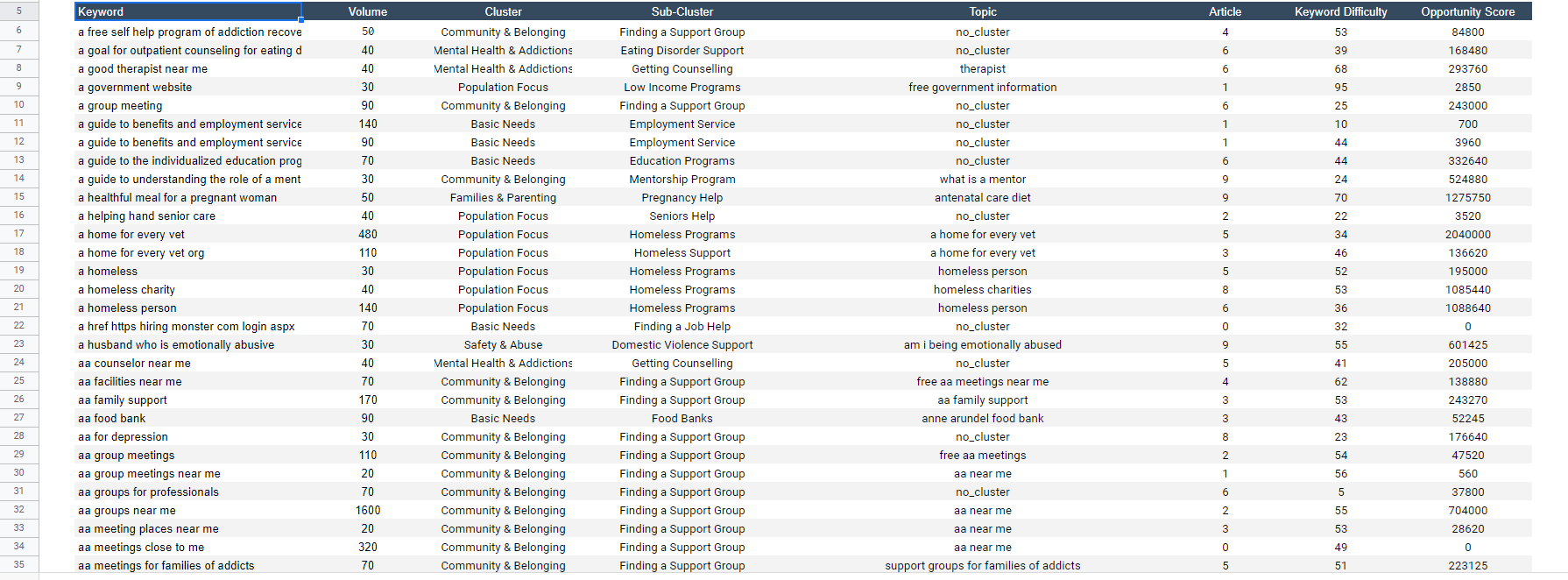
At its core, keyword clustering is exactly what it sounds like, you are simply taking relevant keywords and clustering them into groups. Each group of keywords works to help your website designate a categorized/specialized theme, and allows you to signal to Google which areas you have subject matter expertise in.
Why Should You Track Keyword Theme/ Cluster Rankings?
By organizing keywords into clusters rather than competing with a single phrase, you target keywords on a page-by-page basis. This can help you reach a better understanding of your chosen niche and forces you to cover more concepts and answer more questions within one page than you’d think of without going through the process.
Keeping track of the clusters you are targeting means you can monitor the performance of these clusters, keywords to include within the individual clusters and how these clusters are performing in terms of conversions and customer acquisition. As with anything related to SEO, tracking statistics post-implementation is just as important as the implementation process itself.
How to Track Keyword Theme/ Cluster Rankings
Clustering your keywords can be done in one of two ways – through the use of an automatic tool or manual clustering. Moz offers a great in-depth guide specifically centered around keyword clustering to find the best success and goes into great detail into the methods to both collect relevant keywords and how to properly cluster those keywords. Tracking these clusters is as easy as tracking any other form of keyword ranking and can be done by simply checking the rankings of the theme associated with each cluster.
6. Core Web Vital Metrics
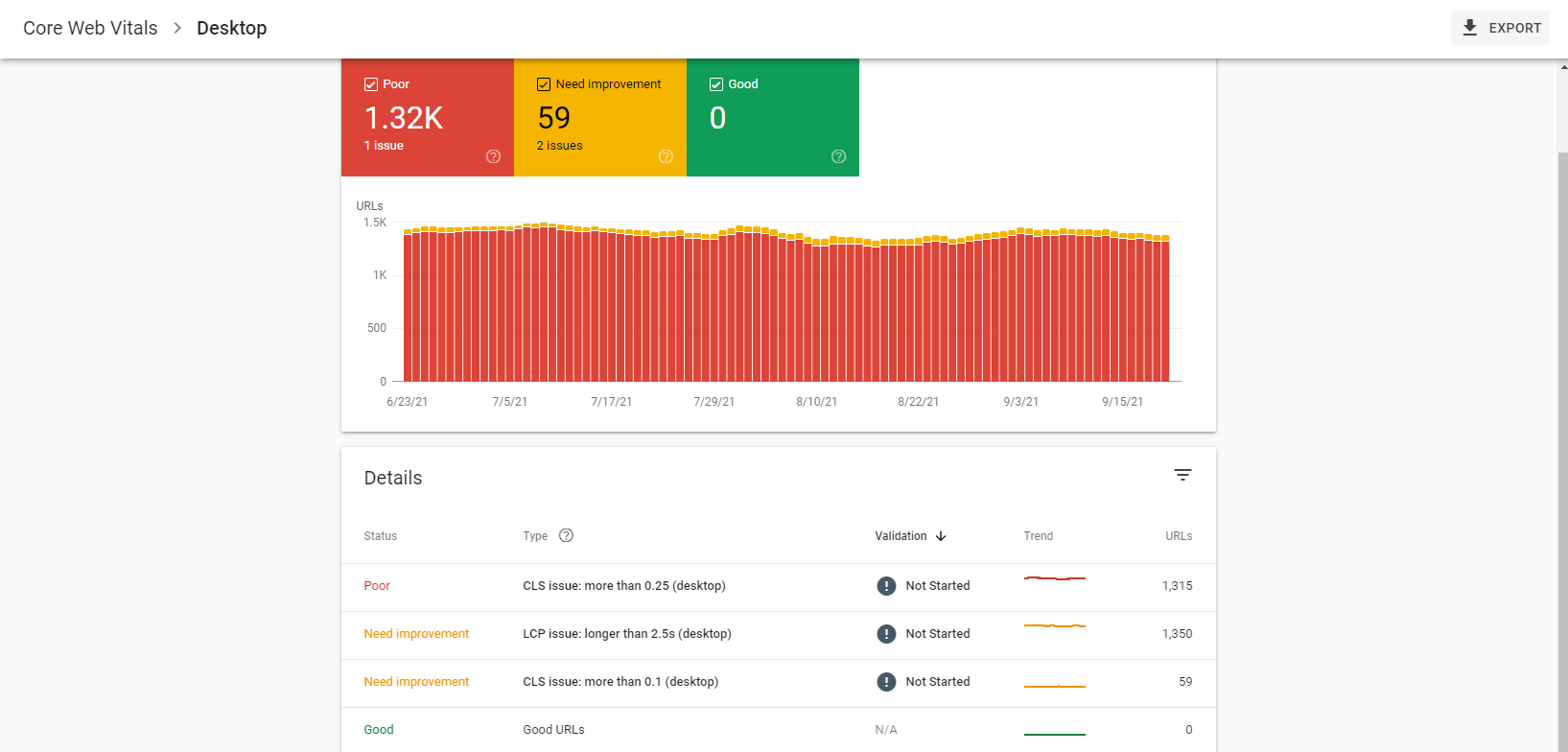
Core Web Vitals are simply a set of factors that Google considers to be important when ranking your webpage’s overall user experience. In recent Google algorithm updates, these vitals have grown more and more important and are amongst the most crucial parts of maintaining a high-ranking webpage.
What are the Core Web Vitals?
Core Web Vitals are made up of three specific segments: largest contentful paint, first input delay, and cumulative layout shift. Together these three segments show Google a very large sum of important information about your webpage, the steps you have taken to optimize it, and the overall user experience.
Largest Contentful Paint (LCP)
Largest Contentful Paint (LCP) measures when the largest content element in the viewport becomes visible to the user. It is used to determine when the main content of a specific page has finished rendering on the screen. The most common cause of poor LCP is slow server response time.
First Input Delay (FID)
First Input Delay (FID) is a Core Web Vitals metric that captures a user’s first impression of both a site’s responsiveness and its interactivity. It is used as a measurement of the time from when a user first interacts with a page to the time when the browser can respond to that interaction. According to Google, to provide a good user experience, sites should strive to have a First Input Delay of 100 milliseconds or less.
Cumulative Layout Shift (CLS)
Cumulative Layout Shift (CLS) measures the instability of content by summing shift scores across layout shifts that don’t occur within 500ms of user input. It looks at how much visible content shifted in the viewport as well as the distance the elements impacted were shifted.
The kinds of elements that tend to cause shifts are fonts, images, videos, contact forms, buttons, and other kinds of content.
Why Should You Track Core Web Vitals?
Google takes Core Web Vitals seriously and is continuing to place an even greater weight on these metrics. Showing Google that you understand the importance of these metrics and are actively taking the steps to ensure proper optimization for a better overall user experience can have a huge impact on your webpages overall rankings.
How to Track Core Web Vitals
With how important Core Web Vitals are to your overall website’s ranking, you’ll want to be tracking any changes, and your overall performance.
Both Google Search Console and Google Analytics provide tools to allow for Core Web Vitals tracking, with your search console account giving you access to in-depth reports breaking down your vital scores. To access this information simply log in to your Google Search Console account, navigate to the core web vitals tab, and select either mobile or desktop. You’ll want to make sure you are continually checking these reports and utilizing the information provided to show Google you are proactive in site maintenance and thinking about user experience.
7. Local Visibility
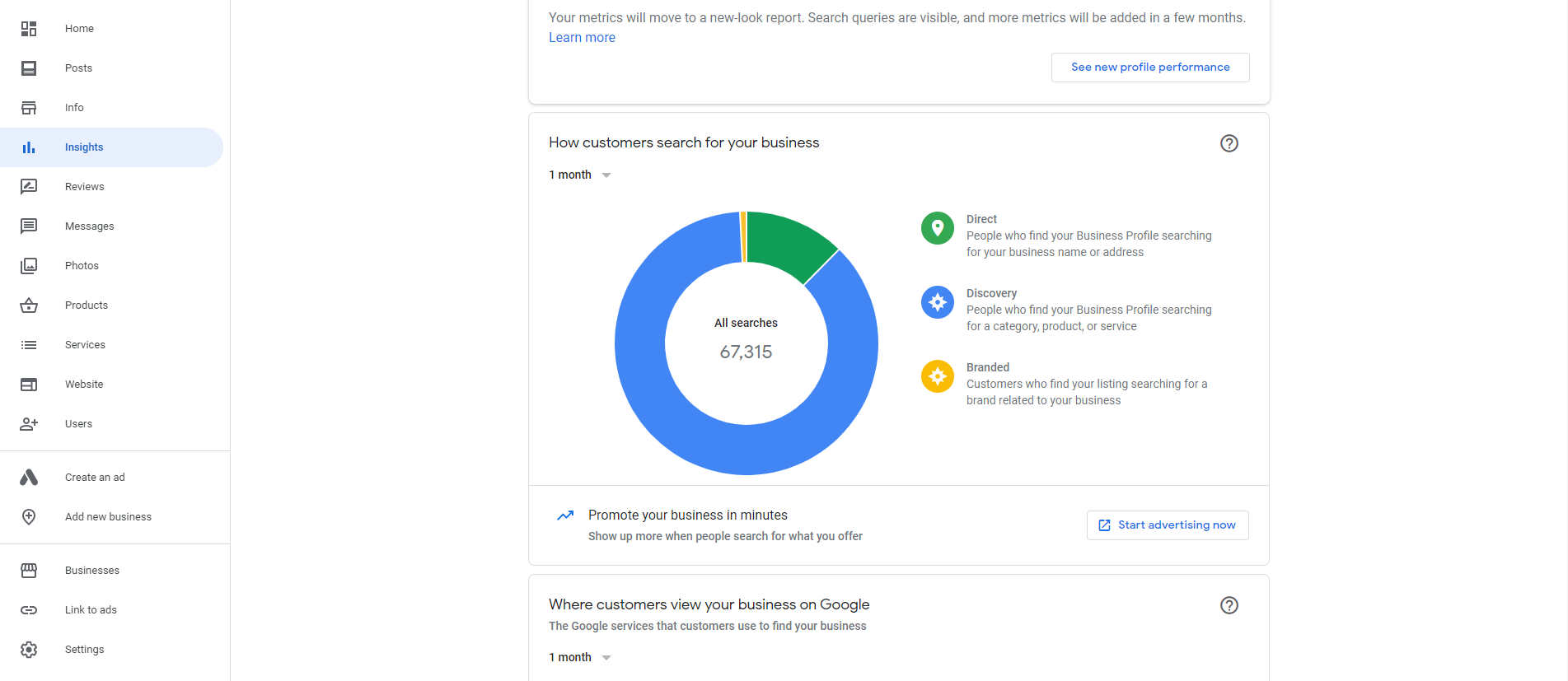
Local SEO requires a very separate and tailored approach when you are organizing any SEO campaign. Increasing your local visibility requires thought-out planning and work put into being active in your local space.
Why Should You Track Local Visibility?
If you’re a locally-based business, local visibility can be a very make-or-break part of life. If you are appealing to a smaller market, as is the case with most local-only businesses, then you need to be extremely visible to that market.
Luckily, good local businesses are often well supported by their customers, who are willing to leave online reviews and ratings which have a direct impact on local visibility. Staying up-to-date on your local visibility statistics means you will always know when you need to put work into certain efforts and when those efforts have paid their dividends.
How to Track Local Visibility
There are dozens of online, third-party tools designed to help you track your local visibility. Your Google My Business account provides you with great visibility and tracking features simply through the Insights section. Any business owner should familiarize themselves with the full potential of their Google My Business account in monitoring their and their competitor’s performance in a local space. Monitoring your Google My Business account will allow you to keep track of your local visibility and how local customers are interacting with your business.
8. Crawl Errors / Site Audit metrics
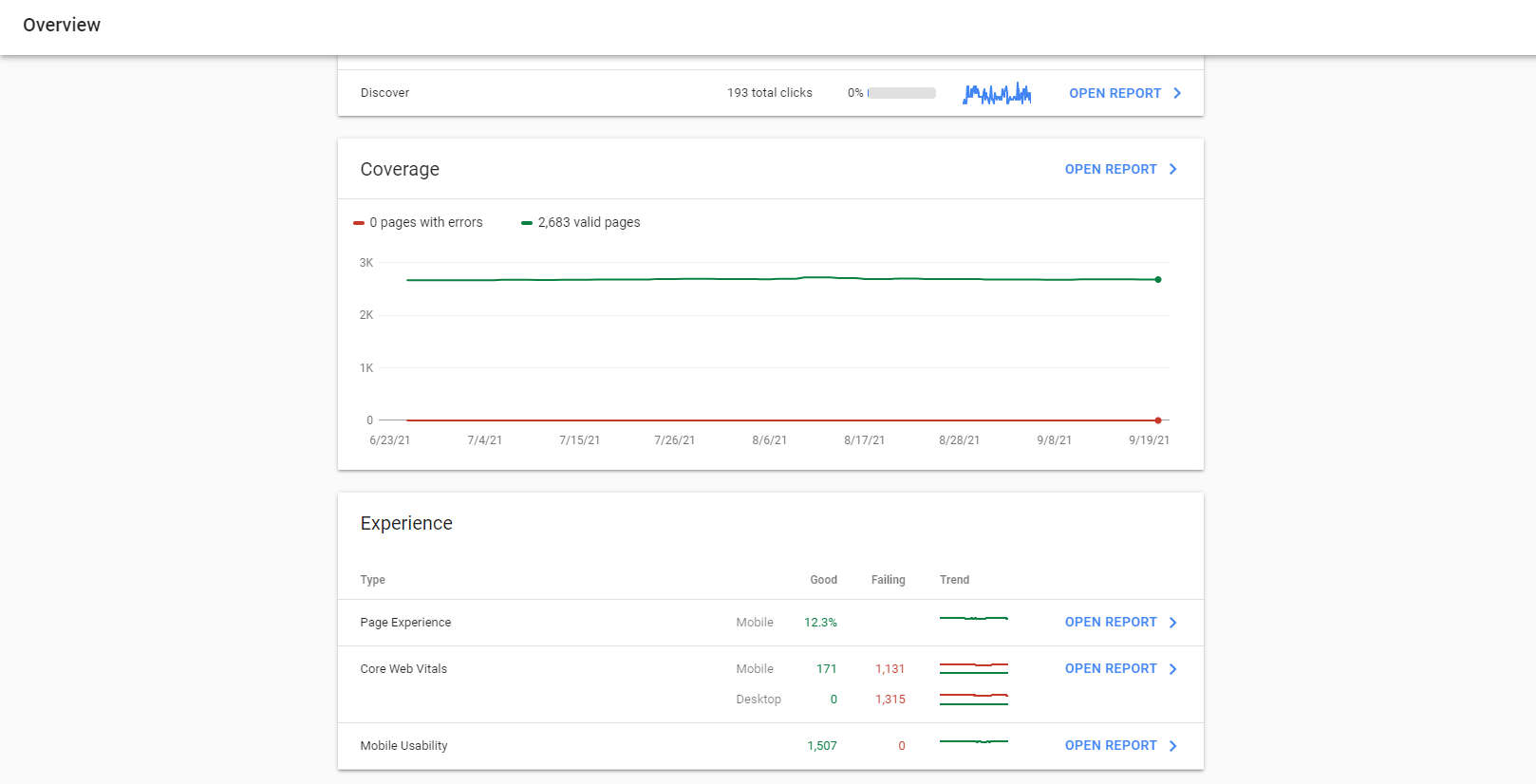
Search engines crawl websites to discover content and store it in databases — a process known as indexation. Once a website has been indexed it can be properly served up on SERPs for questions relevant to the information provided. Site audits are an essential tool to evaluate how easily a search engine can discover, crawl, and index everything from individual elements of a webpage up to an entire domain.
Why Should You Track Crawl Errors/ Site Audit Metrics?
Crawl errors on your website can lead to lost customers, lower search rankings, and an overall negative impact on your web pages. Staying up-to-date with any crawl errors that may arise and monitoring the metrics of routine site audits means you will always know which areas of your site need attention, and shows Google you are staying proactive.
How to Track Crawl Errors/ Site Audit Metrics
Google Search Console is your best friend when it comes to monitoring crawling errors on your website. Your search console’s main dashboard gives you a quick preview of your site, showing you three of the most important management tools: Crawl Errors, Search Analytics, and Sitemaps. You can get a quick look at your crawl errors from here. You’ll want to familiarize yourself with the most common crawl errors and how they can be resolved and stay vigilant in monitoring your site audits for any errors needing your attention. The lesser the number of crawl errors, the more positive your overall site health and accessibility.
SEO Success Is Not Out of Reach
SEO success is achievable for anyone willing to take the time to put in the work. Through proper keyword research and analysis, monitoring of site statistics and vitals, and a comprehensive and continually evolving campaign to always be improving. Google rewards individuals who take the time to optimize websites for customer experience and values dedication to SEO professionals who do good work.
For any SEO needs, Konstruct Digital is available to help you and your team design in-depth campaigns designed to take your web presence and SEO performance to the next level.





